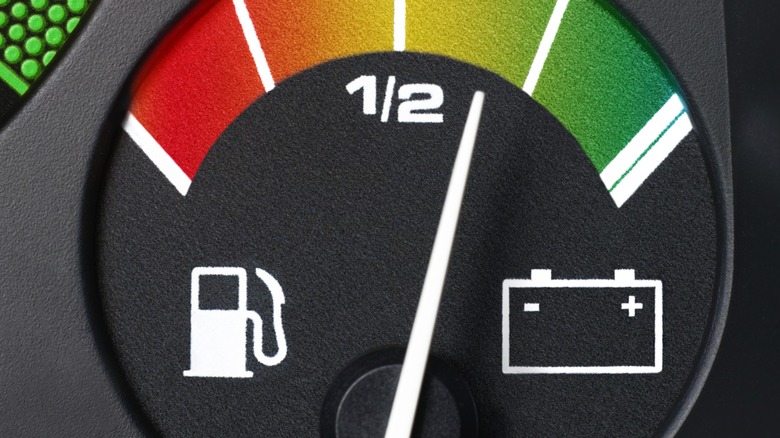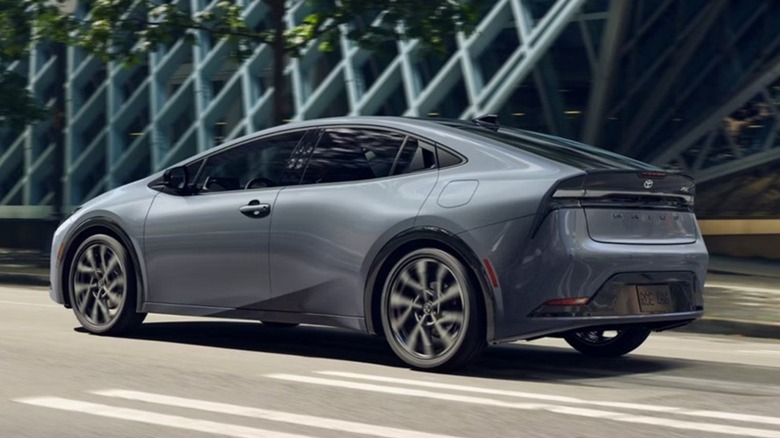What Is CAFE And How Does It Push Automakers To Improve Fuel Efficiency?
Corporate Average Fuel Economy (CAFE) standards have been around since 1975, when the United States Congress passed the Energy Policy and Conservation Act (EPCA) to prompt automakers to produce more fuel efficient vehicles. According to the U.S. Department of Transportation, increasing the fuel efficiency of the nation's cars and light trucks "improves our nation's energy security and saves consumers money at the pump, while also reducing greenhouse gas (GHG) emissions." CAFE standards are continuously updated to build upon the successes of previous years. The Environmental Protection Agency (EPA) works with the DOT's National Highway Traffic Safety Administration (NHTSA) to develop and implement the standards each year.
As an illustration of its progression, the mandated CAFE standard was set at 18 miles per gallon in 1978, the first year regulations were in place. Separate standards for light trucks were established in 1982, when cars averaged 24 mpg and light trucks 17.5 mpg. Passenger cars crossed the 40 mpg mark in 2018, the same year light trucks bested 30 mpg. An automaker's 2025 model year cars must deliver an average of 53.4 mpg and its trucks 38.2 mpg, although heavy-duty pickup trucks and vans (HDPUV) are regulated under separate standards. Current NHTSA standards aim to deliver average HDPUV fuel consumption rates of just over 35 mpg by 2035.
CAFE standards encourage responsible design and production
Automakers must develop new technology to get their fleet's average fuel economy in line with increasingly stringent CAFE standards. One side effect is that the most fuel efficient cars in 2025 have all adopted a similar bland design. You'll find no Corvettes, Hellcats, or Mustangs on that list. One example of tech that sprouted from tighter CAFE standards are the automatic start/stop feature that kills the engine while a car is stopped and restarts it when the driver takes their foot off the brake. Another, less frustrating example of automakers squeezing every mile from a tank of fuel is gasoline direct injection.
In the past, automakers have tried to satisfy CAFE standards with some out-of-the-box thinking that backfired spectacularly. One example dating back to the early days of CAFE standards is the diesel-powered 1978 Oldsmobile Cutlass. In 1978, CAFE standards provided an exemption for diesel engines. General Motors tried to take advantage of the loophole by rushing the development of its Oldsmobile 350 cubic inch diesel V8, and the diesel-powered Cutlass was a notorious flop. CAFE standards will continue to evolve as more hybrids and electric vehicles come online. With the progression of fuel-saving technology, there's no ruling out a 100-mpg average in the future.

